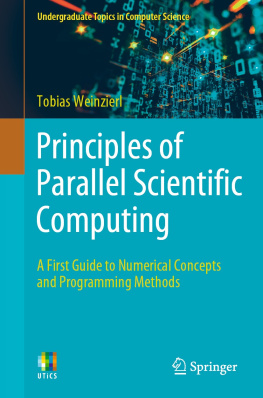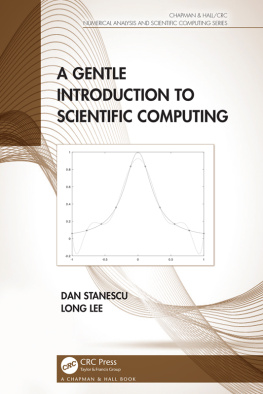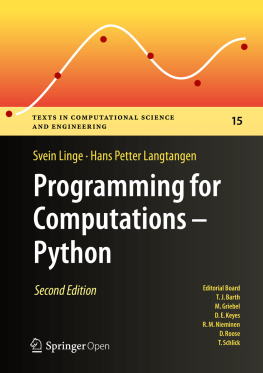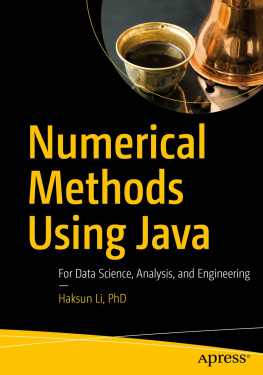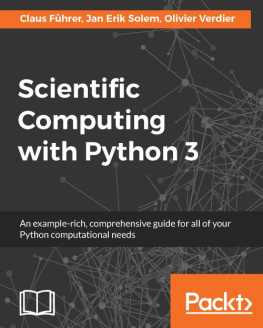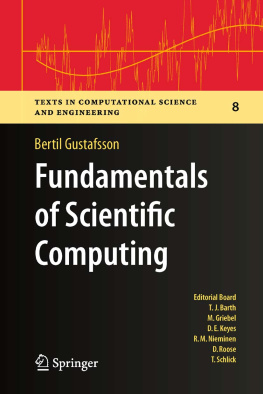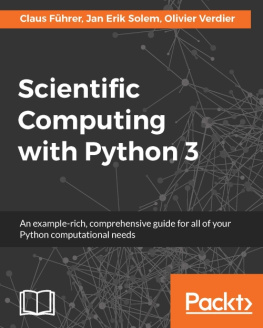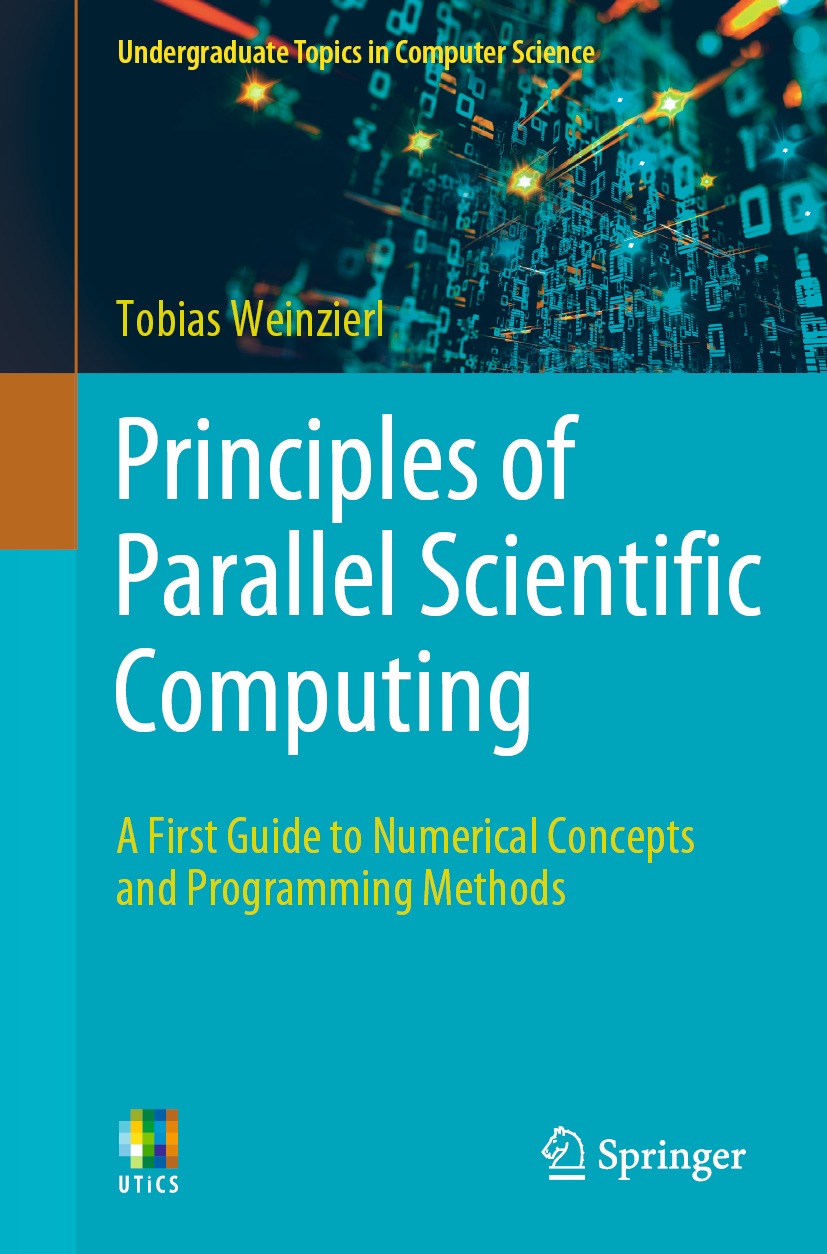Tobias Weinzierl - Principles of Parallel Scientific Computing: A First Guide to Numerical Concepts and Programming Methods (Undergraduate Topics in Computer Science)
Here you can read online Tobias Weinzierl - Principles of Parallel Scientific Computing: A First Guide to Numerical Concepts and Programming Methods (Undergraduate Topics in Computer Science) full text of the book (entire story) in english for free. Download pdf and epub, get meaning, cover and reviews about this ebook. year: 2022, publisher: Springer, genre: Romance novel. Description of the work, (preface) as well as reviews are available. Best literature library LitArk.com created for fans of good reading and offers a wide selection of genres:
Romance novel
Science fiction
Adventure
Detective
Science
History
Home and family
Prose
Art
Politics
Computer
Non-fiction
Religion
Business
Children
Humor
Choose a favorite category and find really read worthwhile books. Enjoy immersion in the world of imagination, feel the emotions of the characters or learn something new for yourself, make an fascinating discovery.
- Book:Principles of Parallel Scientific Computing: A First Guide to Numerical Concepts and Programming Methods (Undergraduate Topics in Computer Science)
- Author:
- Publisher:Springer
- Genre:
- Year:2022
- Rating:5 / 5
- Favourites:Add to favourites
- Your mark:
Principles of Parallel Scientific Computing: A First Guide to Numerical Concepts and Programming Methods (Undergraduate Topics in Computer Science): summary, description and annotation
We offer to read an annotation, description, summary or preface (depends on what the author of the book "Principles of Parallel Scientific Computing: A First Guide to Numerical Concepts and Programming Methods (Undergraduate Topics in Computer Science)" wrote himself). If you haven't found the necessary information about the book — write in the comments, we will try to find it.
New insight in many scientific and engineering fields is unthinkable without the use of numerical simulations running efficiently on modern computers. The faster we get new results, the bigger and accurate are the problems that we can solve. It is the combination of mathematical ideas plus efficient programming that drives the progress in many disciplines. Future champions in the area thus will have to be qualified in their application domain, they will need a profound understanding of some mathematical ideas, and they need the skills to deliver fast code.
The present textbook targets students which have programming skills already and do not shy away from mathematics, though they might be educated in computer science or an application domain. It introduces the basic concepts and ideas behind applied mathematics and parallel programming that we need to write numerical simulations for todays multicore workstations. Our intention is not to dive into one particular application domain or to introduce a new programming language we lay the generic foundations for future courses and projects in the area.
The text is written in an accessible style which is easy to digest for students without years and years of mathematics education. It values clarity and intuition over formalism, and uses a simple N-body simulation setup to illustrate basic ideas that are of relevance in various different subdomains of scientific computing. Its primary goal is to make theoretical and paradigmatic ideas accessible to undergraduate students and to bring the fascination of the field across.
Tobias Weinzierl: author's other books
Who wrote Principles of Parallel Scientific Computing: A First Guide to Numerical Concepts and Programming Methods (Undergraduate Topics in Computer Science)? Find out the surname, the name of the author of the book and a list of all author's works by series.

